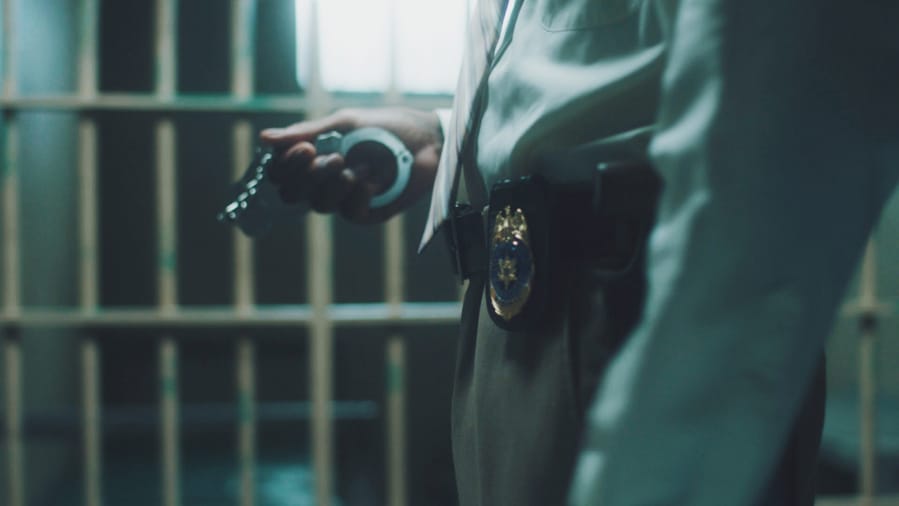When “The Thin Blue Line” was released in 1988, members of the motion picture academy’s documentary committee were so put off by the film’s distinctive style — particularly director Errol Morris’ then-remarkable use of subjective reenactments, inspired by “Rashomon” — that they walked out of an official screening.
And though the landmark film, which investigates the 1976 murder of a Dallas police officer, ultimately led to the exoneration of a wrongfully convicted man on death row, it was controversial enough that it failed to receive an Academy Award nomination.
Once anathema, the brand of highly stylized re-creation Morris pioneered is now ubiquitous, particularly on the small screen. As long-form true crime docuseries have surged in popularity over the last half-decade, so has the use of impressionistic re-creations providing a fragmented look at the past rather than a literal retelling of events.
The device is central to “The Jinx: The Life and Deaths of Robert Durst,” the 2015 HBO series that helped trigger a true-crime TV gold rush — a flurry of documentaries, including “The Keepers,” “McMillions,” “I’ll Be Gone in the Dark” and “The Trials of Gabriel Fernandez,” that use cinematic flashbacks to piece together complicated events.



